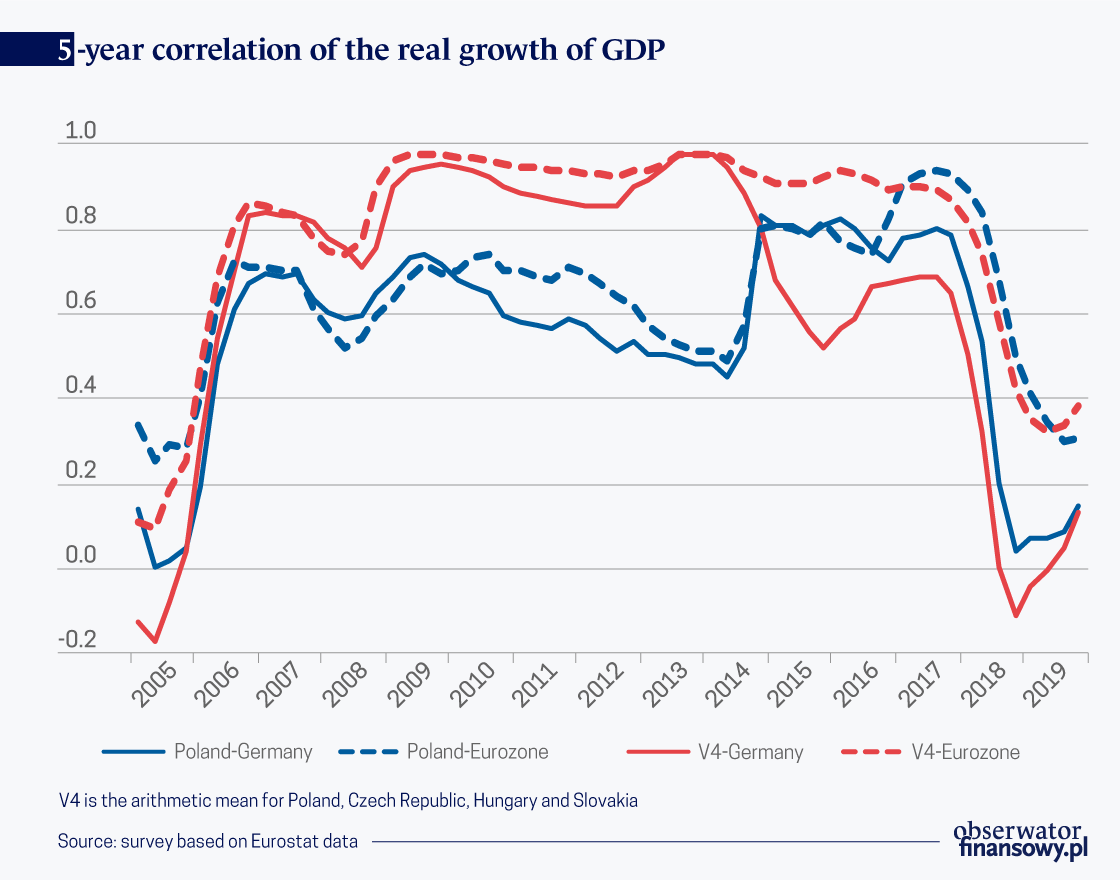
The last 20-30 years have been marked by significant progress in income convergence among EU Member States and Central and Eastern European countries have been on the forefront of this process. Meanwhile, taking a closer look at...

By the end of the 1990s, the EU focused on modern sources of economic growth, which were largely based on investments in R&D and education. The key motives came from the challenges of globalization processes and the new...

The rate of economic growth in Poland and the Visegrad Group countries (Czech Republic, Hungaary, Slovakia and Poland; V4) has not reflected the markedly weaker economic situation in Germany and the Eurozone countries over the...

The fundamental objective of the EU since its inception has been reducing development disparities between regions. In doing so, particular emphasis was placed on rural areas, areas affected by industrial change and regions facing...

European Statistical Office (Eurostat) published two key comparative data on the development of European Union member states, based on which the so-called "convergence" is estimated.

In the middle of April, the Croatian government adopted two key economic policy documents: The National Convergence Program 2019-2022 and the National Reform Program 2019.